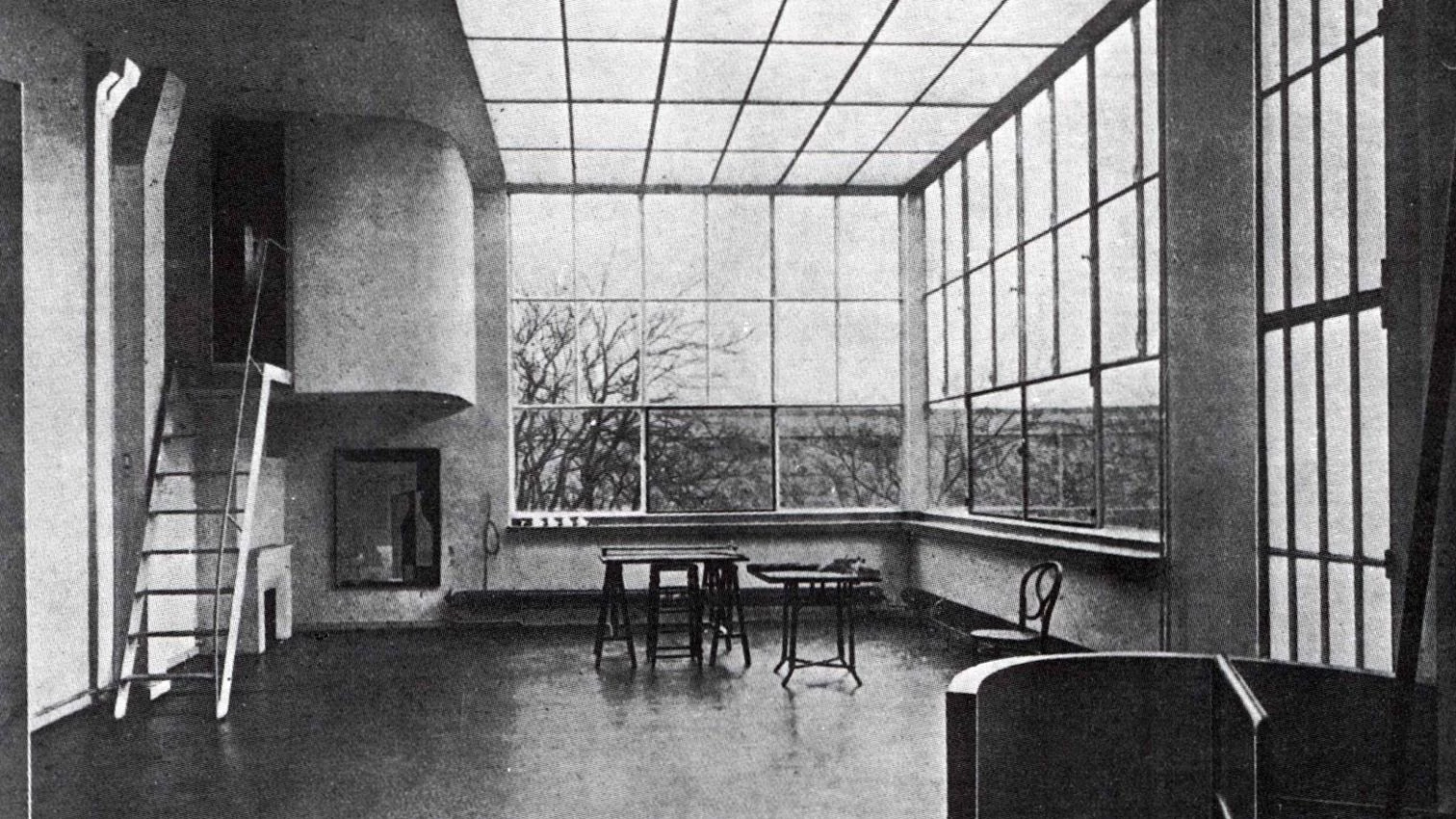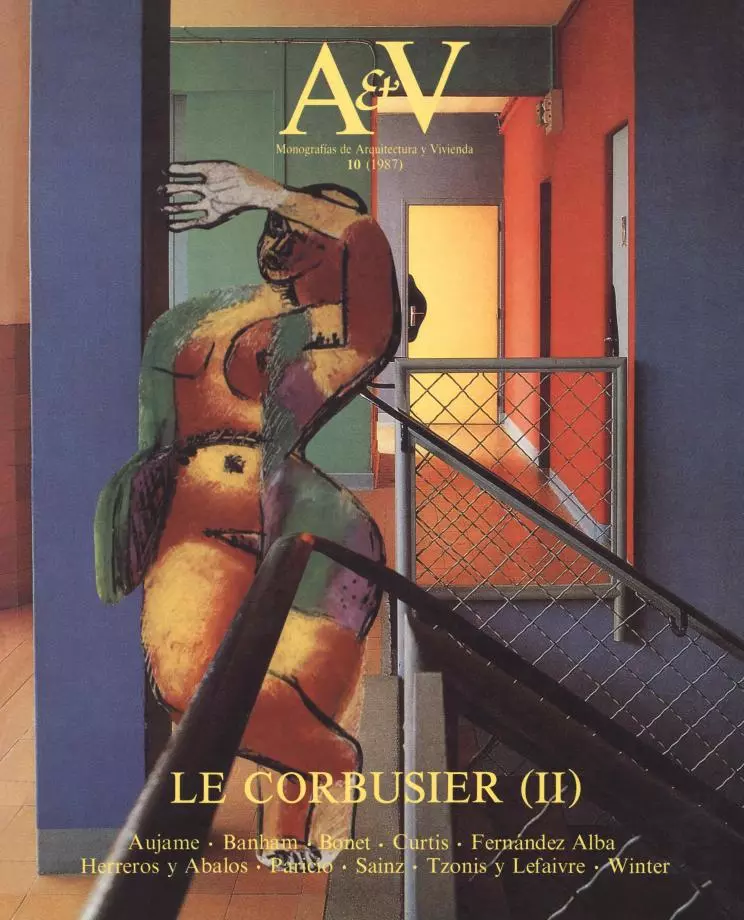The Genealogy of a Type
Two-Story Free Space

Le Corbusier’s inventiveness was based on what he himself called knowing how to see. He no doubt had known how to see Anglo-Saxon architectural spaces during the early years of his career and incorporated them into his ideas about planning houses. In the following article, Yago Bonet suggests the possibility that Le Corbusier may have introduced a barbarian element —the traditional Atlantic hall— into his purist Mediterranean architecture.
During the latter half of the 19th century, English architects designed many country houses, villas or manors for the upper crust of Victoria society which featured the old-style entry hall, of such great use and importance in northern homes.
Many of Le Corbusier’s houses have this same allencompassing space reminiscent of cold-weather European chalets, using the same proportions and elements as the English great hall: two-story free space, attics, free-standing stairways, etc. This is no coincidence but rather proof that Le Corbusier constituted an important link in a chain uniting the old Atlantic European homes and some of those today. It also explains the important role his work has had in the universalization of these elements, to whose transformation he contributed so decisively. This hypothesis would imply not only that the origin and purpose of his work is to be found in the far distance but also that his unique and masterful elaboration of this type, which appeared in architectural magazines around the world, contributed to the loss of its original anthropological meaning...[+]





